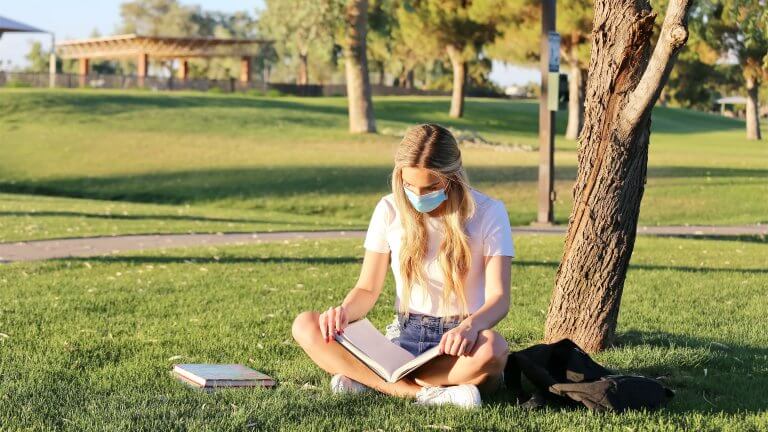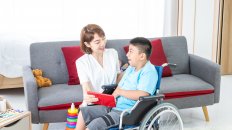Holding class outside has always been popular with students. While being a classroom favorite, there is also evidence that it has learning benefits. Some research studies have found that teaching outdoors can improve student engagement, and helps students to retain information longer than regular indoor classes. Here are some initial thoughts to get you started if you are interested in creating an outdoor classroom space.
Making the Team
First, you’ll want to consult the administration and other teachers to see if there is a coordinated plan for creating a space or multiple spaces. If not, perhaps this would be a good time to advocate for such a plan. Banding together to share resources could help make the process of developing outdoor classroom spaces go smoother. In addition, determining demand for such spaces could increase the chances that more resources are provided for development. Finally, understanding how time slots for outdoor classroom space use throughout the day will be allocated might reduce possible complications in the future.
Building the Space
Developing an outdoor classroom space will start with location. If low on resources, finding a location with natural shade and possible seating (logs, stones, etc.) will be beneficial. Locations next to spaces where there could be interaction with the environment could be good. For instance, having a garden nearby could be a place where learning biology could become immersive. If more resources are available using temporary or permanent structures are an option (e.g. tents, shade structures). Seating could include picnic tables, portable camp chairs, and more. Large “garage fans” might be appropriate for cooling and insect mitigation, just be sure power could be safely provided and the noise would not be too distracting.
Student Kits and Safety
Developing student kits for outdoor learning will be important. Kits can include clipboards (with special adaptations to keep paper down on both ends), paper, pen, pencils, and other materials for learning. They also should include items specific for being outdoors, such as water bottles, sunscreen, bug spray, and anything else. As with so many things these days, safety should be a priority. When developing outdoor kits, make sure parents are aware of the plan to do learning outside. Ask if they want to provide any specific types of sunscreen or bug spray. Ask if there are any other considerations for their child like specific seasonal allergies. Finally, make sure you are following all campus and district guidelines which should include guidance on when it is appropriate to go outside based on weather, temperature, or any other factors.
Conclusion
These few considerations should get you started with creating an outdoor classroom space. In a future blog post, we will discuss what instruction in outdoor classroom spaces might look like. We will discuss instruction on general topics, and instruction specific to the outdoor space. As well, we will look at creating learning centers in the outdoor space.





Add comment